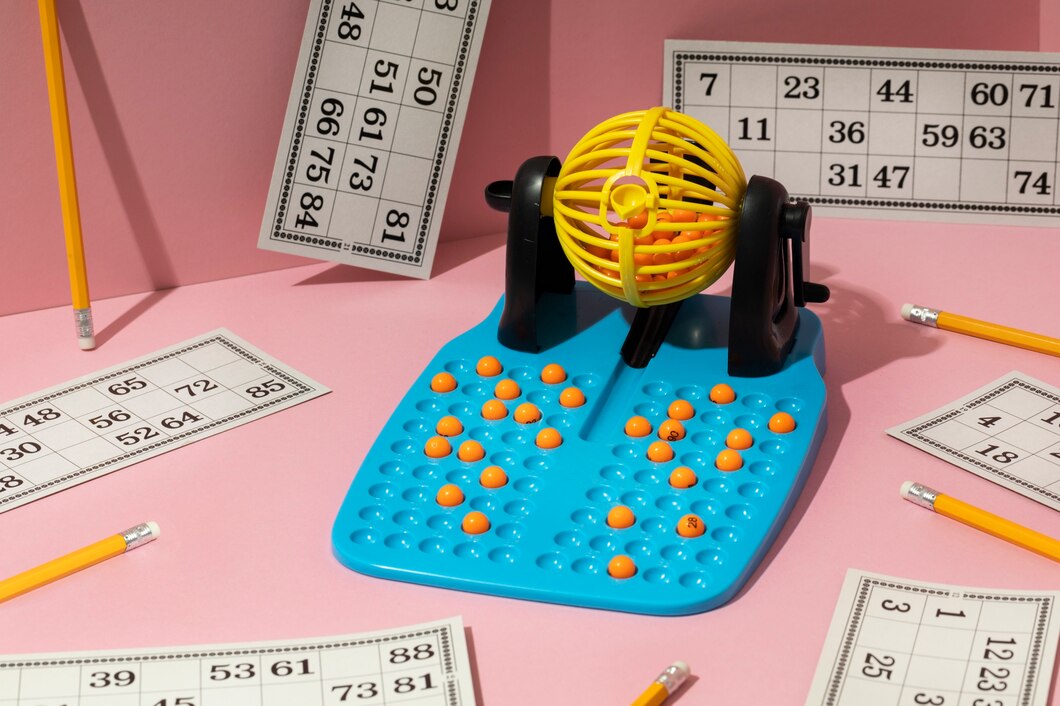Choosing the right school for your child is one of the most important decisions you can make as a parent. The charter school lottery system is a method many charter schools use to admit students. This process can seem daunting, but understanding how it works can help you navigate it more effectively. Here’s what parents should know about the charter school draw process.
Understanding the Lottery System
The charter school draw is essentially a random selection process used by schools to ensure a fair and equitable selection of students. Unlike traditional public schools, which typically admit students based on their geographical location, charter schools often have more applicants than available slots, leading them to use a lottery system.
Each charter school’s lottery might differ slightly, but the process is generally transparent and designed to give each applicant an equal chance of being selected. Parents must submit an application by a specific deadline, after which the lottery is held. The results determine which students will be offered a spot in the school.
Success Academy states, “The lottery system is a way to manage high demand and level the playing field for all potential students. It prevents favoritism, bias, or discrimination from influencing who gets admitted.”
Eligibility and Application Details
Before applying, it’s crucial to understand the eligibility requirements. Some charter schools may have specific criteria, such as residency within a certain district or completing certain application forms. It’s important to read the school’s guidelines carefully to ensure your child qualifies for the lottery.
When filling out the application, ensure all information is accurate and complete. Incomplete or inaccurate applications might be disqualified. Pay close attention to deadlines as well—missing the application deadline means missing out on the lottery for that year.
Special Considerations
Many charter schools prioritize certain applicants, which can affect your child’s chances in the lottery. For example, siblings of current students, children of school staff, or residents of a specific community might have an enhanced chance of being selected. Understanding these preferences can help you evaluate your child’s likelihood of getting into a particular school.
Additionally, some schools might hold separate lotteries for different grade levels or programs within the school. This can impact the number of spots available to new applicants, so it’s a good idea to check how the school structures its lotteries.
What Happens If Your Child Is Selected
If your child wins a spot in the lottery, the school will typically notify you with instructions on how to proceed. This usually involves submitting additional documentation to confirm your acceptance of the spot and registering your child officially. It’s important to respond promptly to secure your child’s enrollment.
Be prepared for orientation sessions or other introductory events, as these are excellent opportunities to learn more about the school and its community. Participating in these events can help your child transition into the new school environment more smoothly.
Alternatives and Waiting Lists
Not every child who enters a charter school draw will secure a spot. Most schools offer a waiting list option if your child is not selected. Being on the waiting list means that if a spot opens up, your child may still have a chance to be admitted during the school year.
Understanding the waiting list process is also important. Ask the school how often they update the list and how they notify parents if a spot becomes available. Meanwhile, consider exploring other educational options to ensure your child’s educational journey continues uninterrupted.
The charter school draw process is designed to be a fair way to handle more applicants than available spaces. By understanding how the lottery works, the eligibility requirements, and what to do if your child is selected or placed on a waiting list, you can better navigate the process and prepare for the possible outcomes. This preparation can make the experience less stressful and more successful for you and your child.




